Independence Day: Thank God for Pakistan
It’s two in the morning, and the sedan in front of me in the traffic jam is conveying eleven passengers. It’s not a particularly big vehicle – a fairly standard family car with five seats. However on the inside of the car there are seven people in the five seats – four squashed across the back, one in the front passenger seat, the driver, and one straddling (rather uncomfortably) the handbrake in the middle. One of the gentlemen in the back is sitting on the sill of the window, holding on and chatting with his other four friends, who are on the outside of the car – three on the roof which, somehow, hasn’t yielded to their weight, and one on the bonnet who I assume is havoc with the driver’s field of vision.
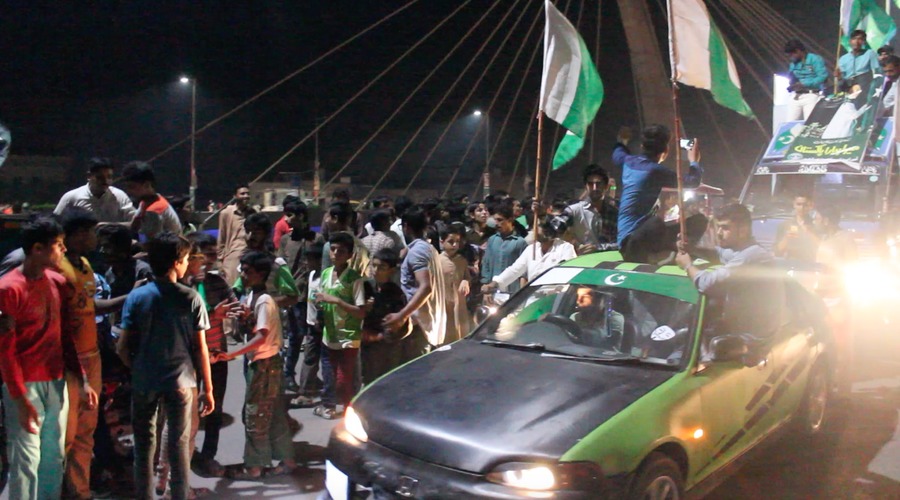
This is Independence Day in Lahore, something that I have witnessed many times and never seems to grow old (I’m sure, like everything, it does eventually).
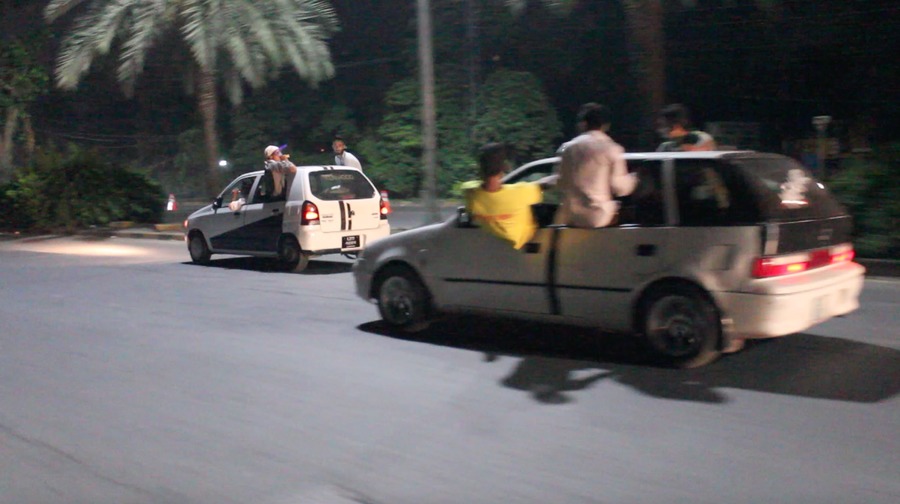
The cars are at a standstill, partly due to the huge volume of traffic that has come out to celebrate Pakistan’s anniversary of independence from the British empire, but also partly due to the crowd of hyped-up young men who have left their cars to begin an impromptu dance party in the middle of one of Lahore’s main roads. Another car a few lanes over is blasting Punjabi bhangra hits from a mammoth speaker which has been mounted on its roof, and no-one can move until it moves and the dancers return to their vehicles.
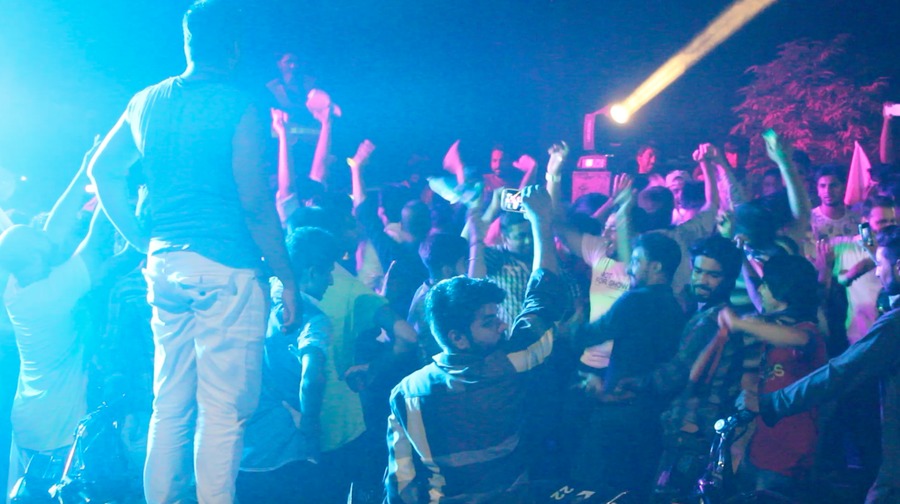
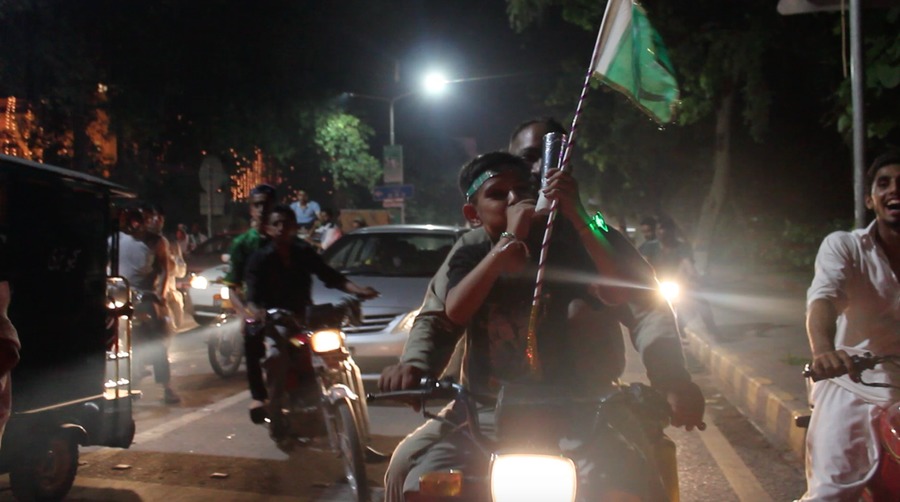
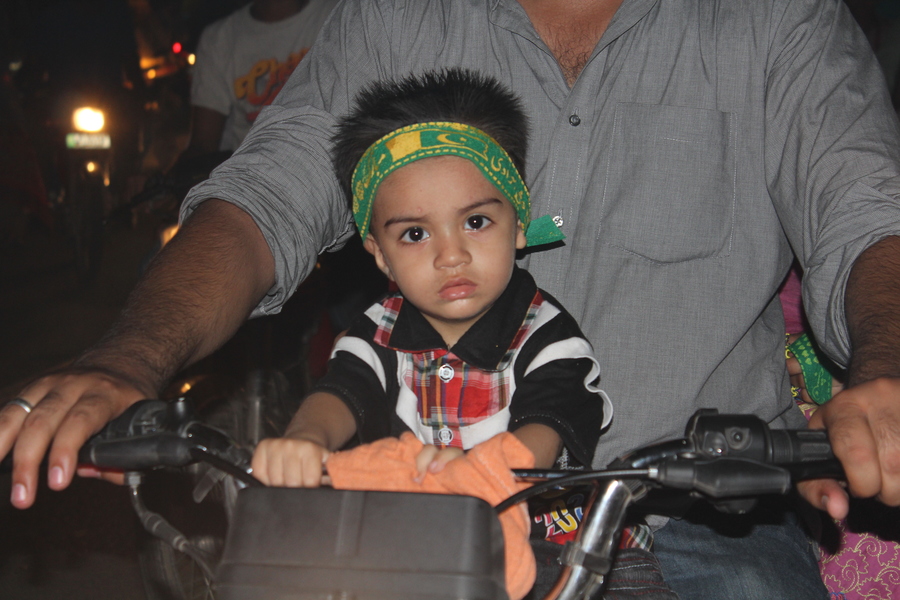
Meanwhile an entire family just behind me is sitting on their motorbike, trying to navigate the chaos. The father is driving, while his wife is sitting side-saddle on the seat behind him. She’s holding a baby, presumably the infant’s first independence day, while ahead of the father, between the handlebars, sits a young child of about four. His face is painted with the green and white of Pakistan’s flag, and his eyes are glassy and his mouth gaping as he stares in wonderment at the spectacle.
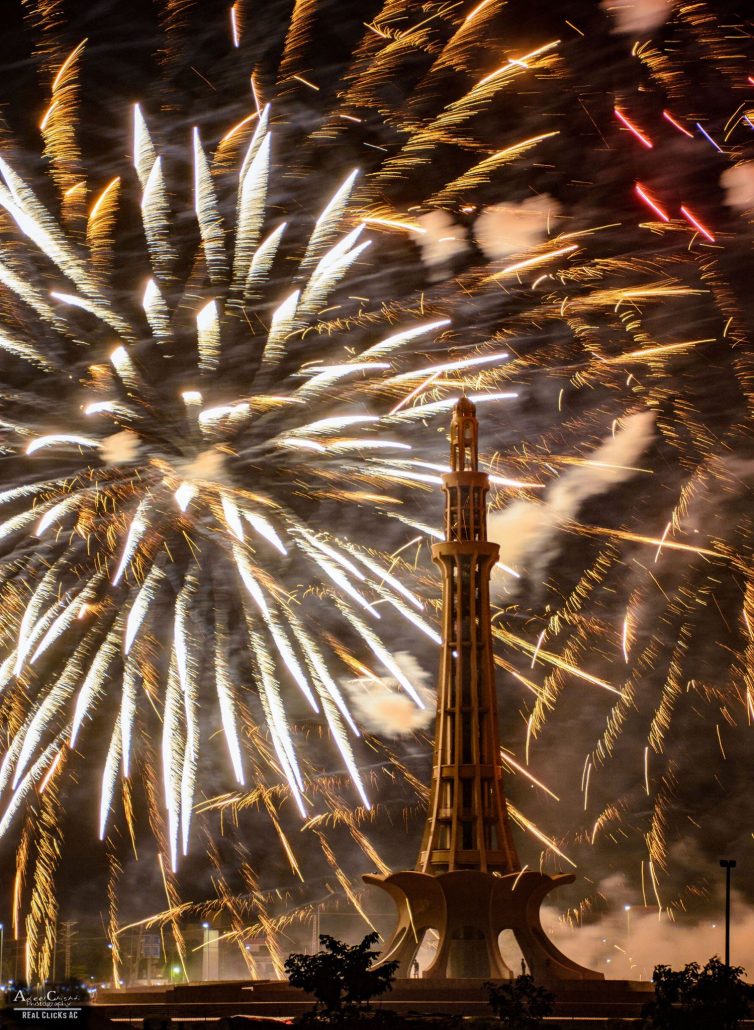
Minar-e-Pakistan (Image: Real Clicks by Adeel Chishti)
Soon enough some police arrive on the scene to break up the party – or rather, to keep traffic flowing. Many of those on the street are making their way home from the midnight fireworks at Minar-e-Pakistan, the monument dedicated to the independence movement and the Pakistan resolution of 1940. This place still resonates as one of the most important locations in Pakistan’s modern history; this despite the fact that independence didn’t come about until seven and a half years later, and in a way in which the movement’s leader Muhammad Ali Jinnah hadn’t planned (a chaotic ten-week period in which to organise the new nation, and two separate parts of the same country separated by about 1,000 miles of Indian territory).
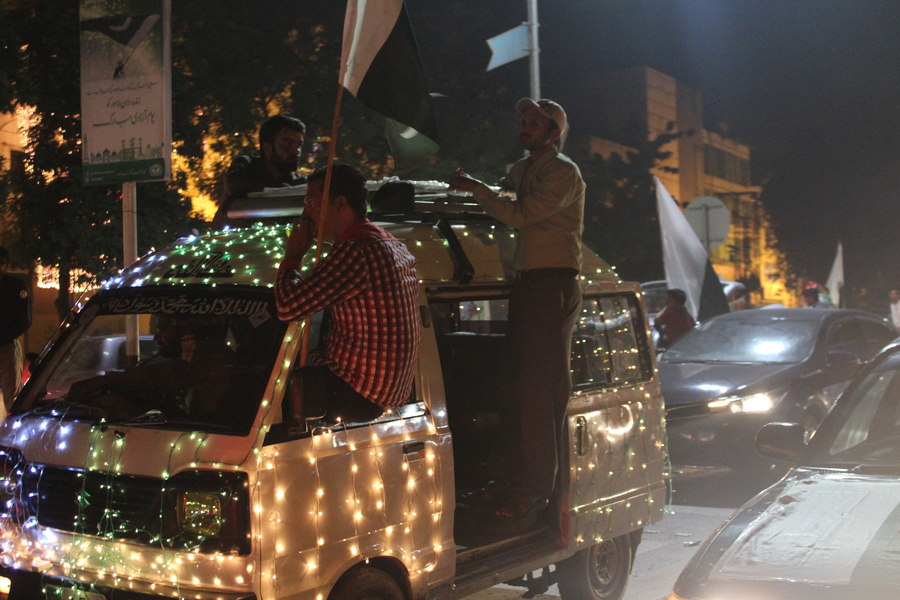
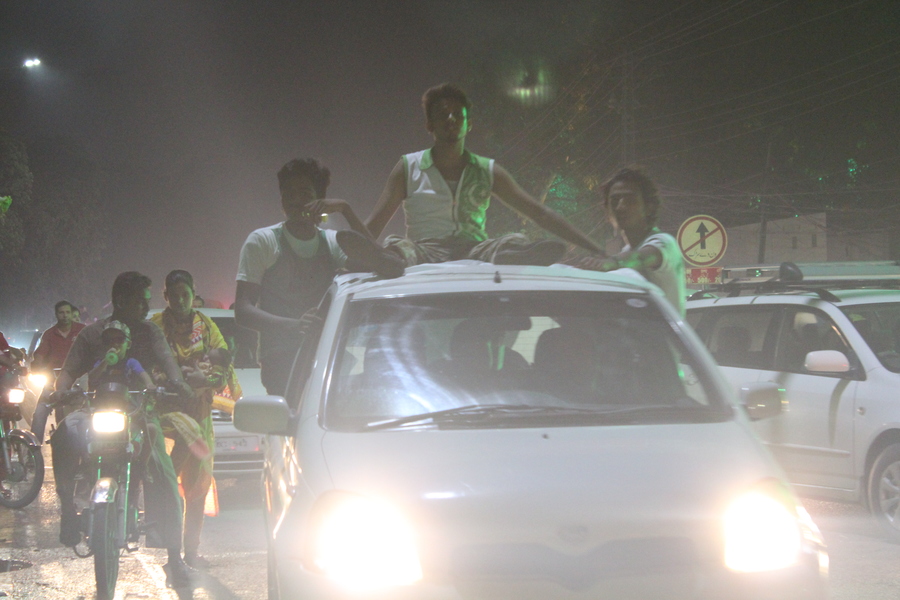
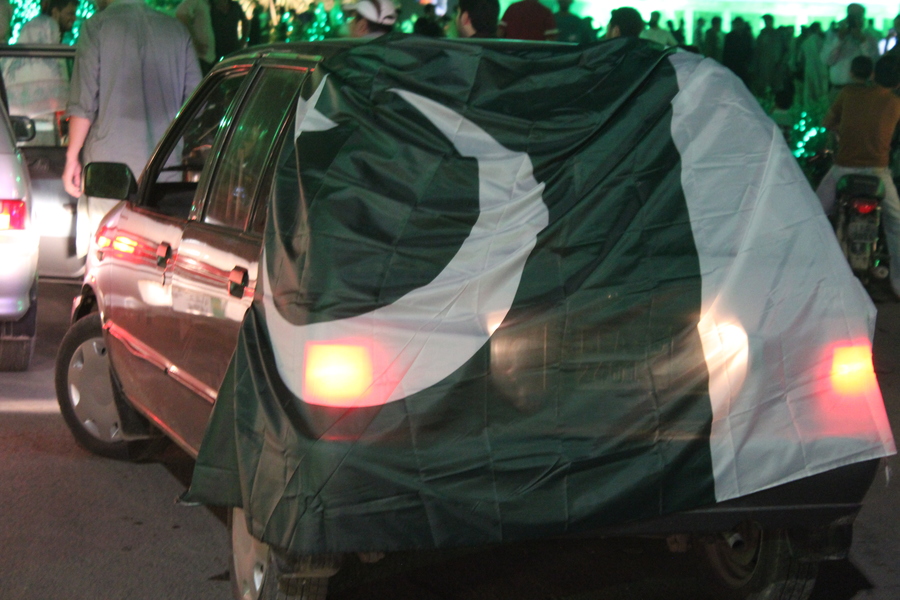
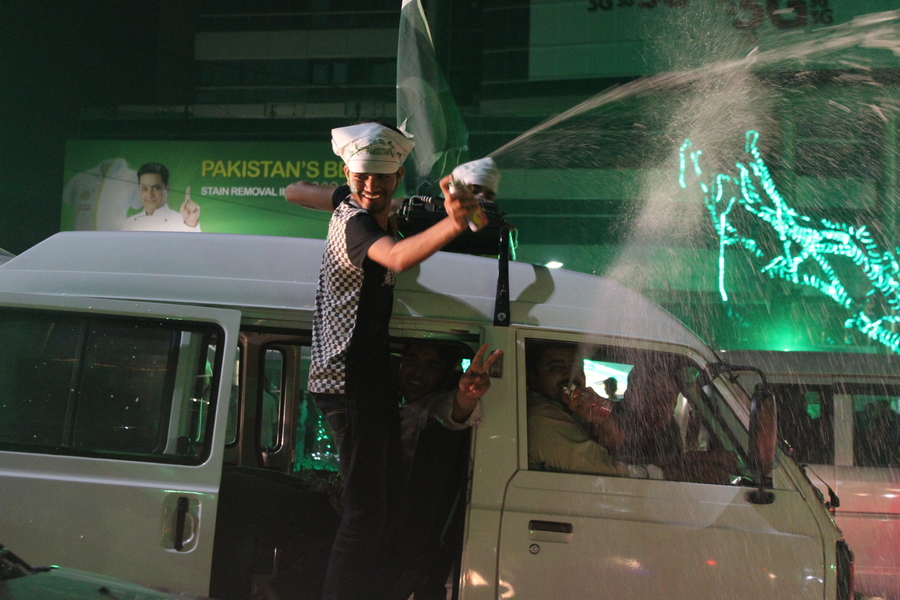
The scenes of jubilation are repeated throughout Pakistan’s “cultural capital”, and throughout much of the rest of Pakistan. Karachi, Islamabad, Peshawar, Quetta, Faisalabad and Multan are all home to their own street-party inspired traffic jams.
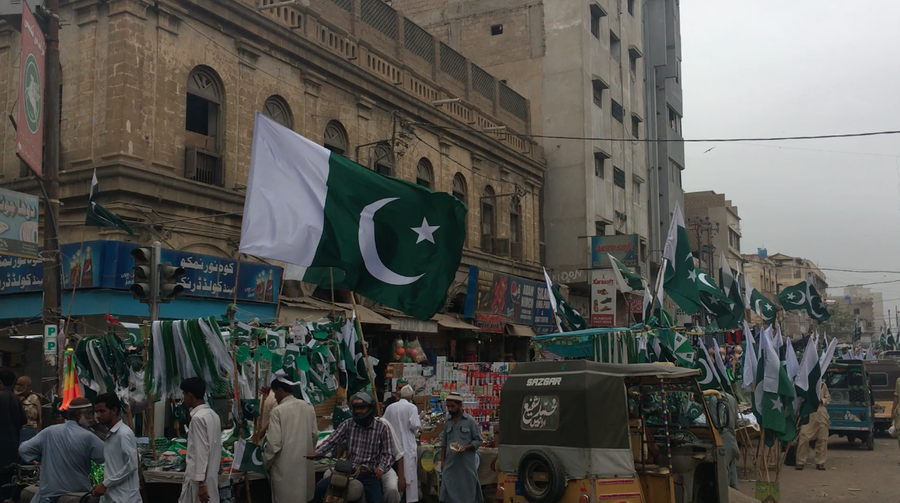
Flag stalls on the streets of Karachi
The build-up begins two weeks earlier when, around the start of August, large street stalls spring up across the country selling everything from badges and caps emblazoned with “Pakistan zindabad” (“long live Pakistan!”) to flag of all sizes to suit every taste – from a child’s hand to shrouding the front of a home.

The facades of buildings across the country are lit up in white and green, encouraging the public outpouring of patriotism. In many homes, independence day cakes are cut to symbolise the nation’s birthday and faces are painted. Some even go so far as to repaint their entire cars for the occasion, some sporting a green metallic finish with white speed stripes and a giant crescent on the bonnet.
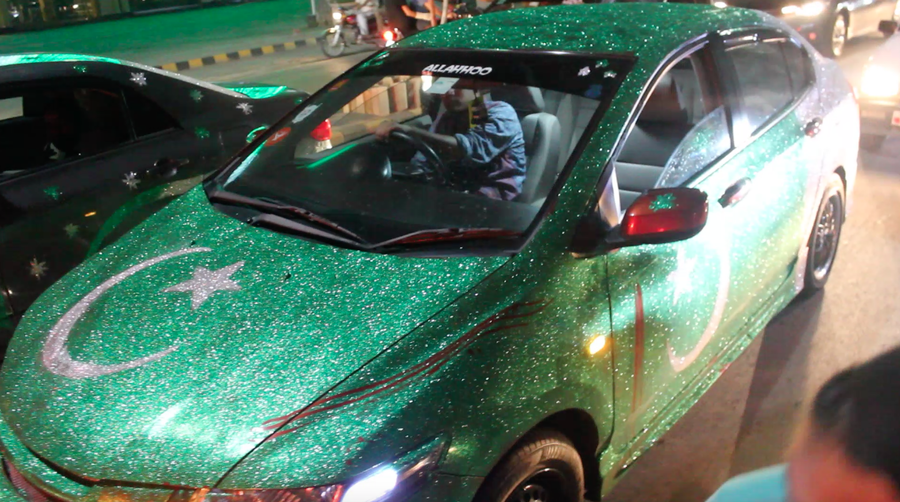
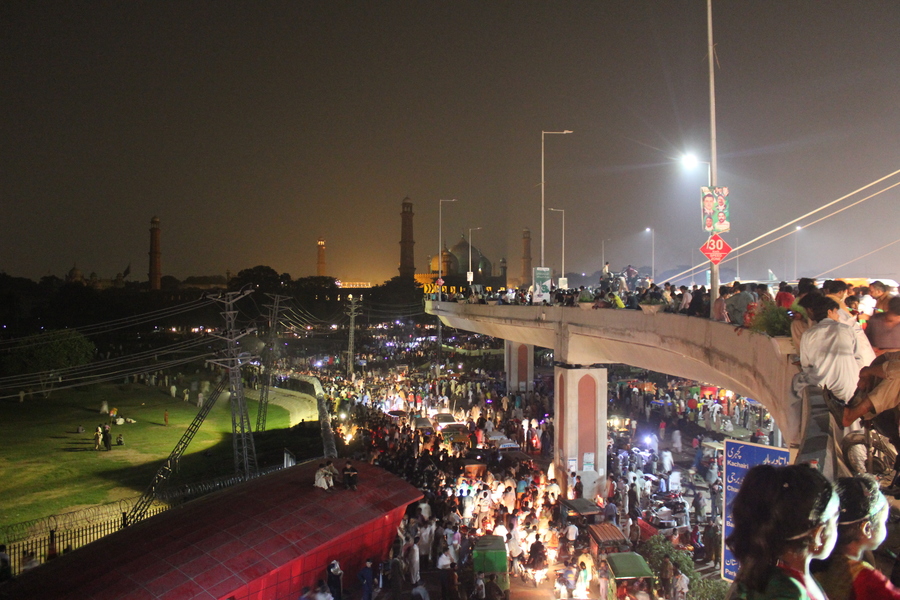
Much of this stands in contrast to the dire conditions on the ground in 1947 when Muhammad Ali Jinnah, the first leader and founder of Pakistan, was sworn in at what is now the Sindh Assembly in Karachi. With only ten weeks to prepare, a proper parliament house was not the top priority for the new nation, so the building in Karachi would do. Meanwhile up to eight million men women and children were on the road in the heat of summer, headed to Pakistan from what would become independent India. Communal violence inevitably broke out, and many of the migrants didn’t survive – those who did would arrive as refugees in cities like Karachi which were desperately underprepared for such an influx of humanity. Similar stories emerged from the newly independent India.
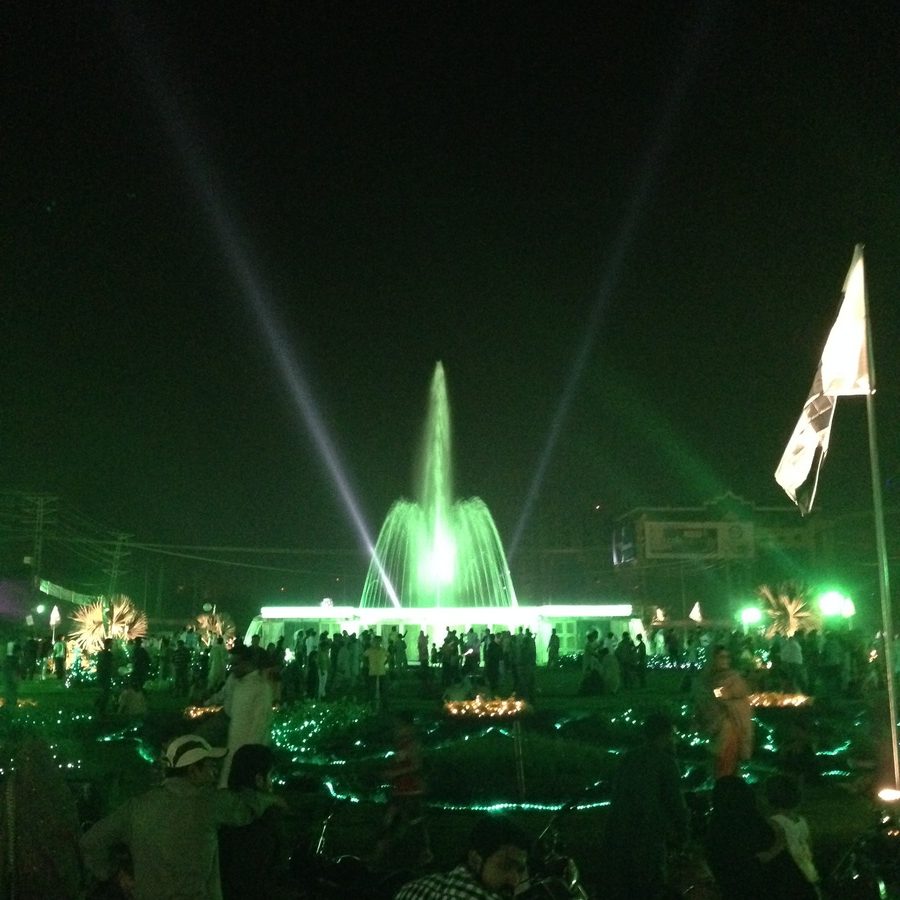
Of all the places I have spent Independence Day in Pakistan, no-one does it quite like Lahore. Through the traffic I finally make it to Liberty Chowk, a large roundabout in the centre of the upmarket Gulberg district which is hosting a public party. The entire square is bathed in a lime green light – it’s calming and peaceful yet strangely lucid as well – somewhere between verdant tropical jungle and apocalyptic New Years’ Eve party. Patriotic songs like Junaid Jamshed and Vital Signs’ Dil Dil Pakistan blare from the speakers arranged around the square, young almost-couples chat awkwardly as they stroll through the crowd. An old man in a car, frustrated by the traffic stoppage, is honking his horn in a futile attempt to get the thousands of revellers to move out of his way – his honking is drowned out when everyone else around him starts beeping to the beat of the music. Somewhere in the distance firecrackers are being set off someone’s rooftop, or maybe it’s celebratory gunfire.
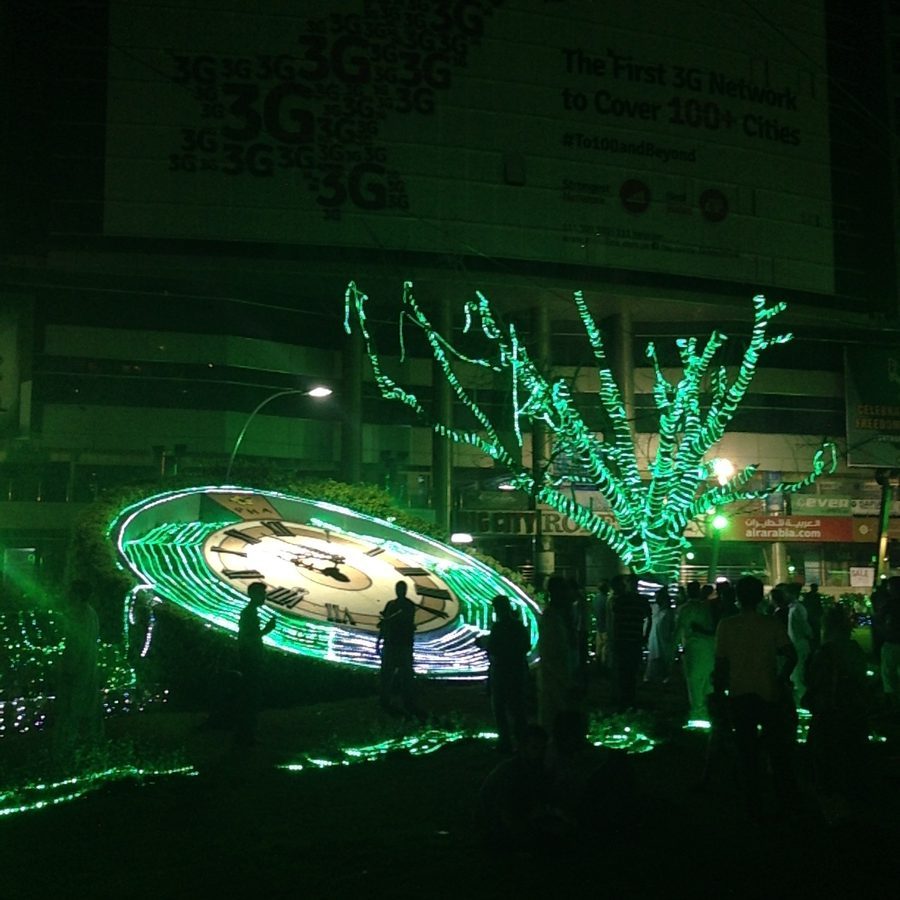
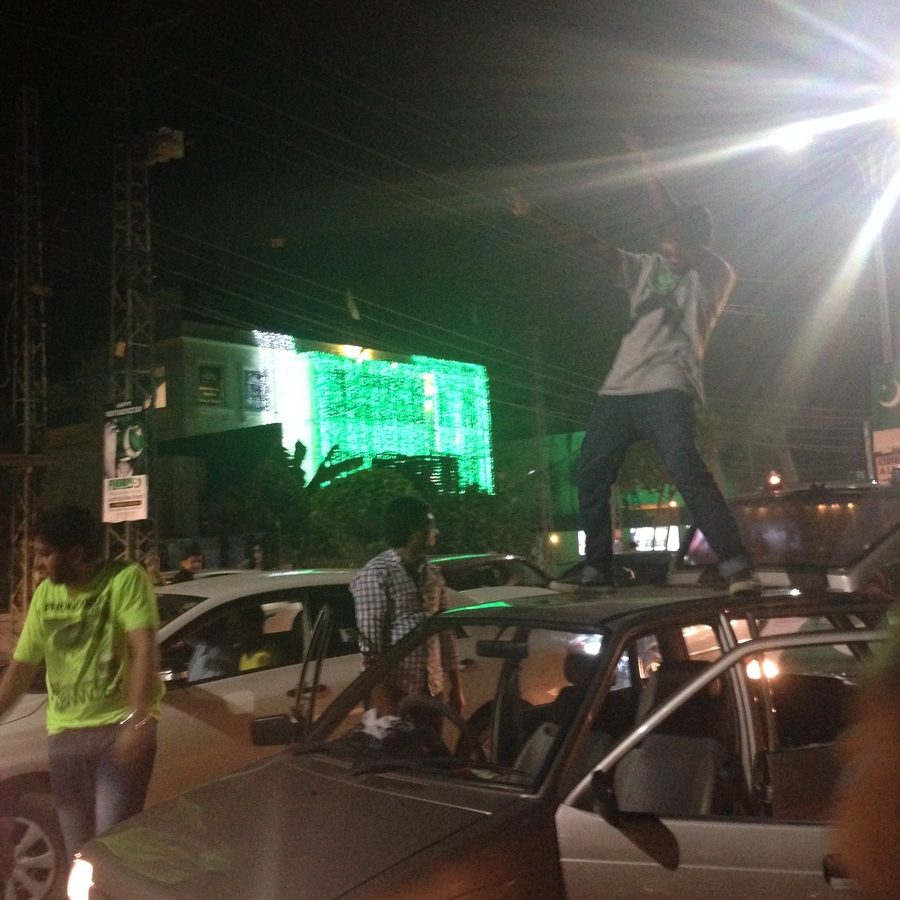
In some ways, compared to what went on exactly seventy one years ago, the excesses of the 14th August seem almost gross. However in other ways, Pakistan has earned this celebration – and no-one can stop it. As with national days in most countries it is full of contradictions, oversights and glaring inconsistencies, but the party goes on. It’s both beautiful and grotesque, perfect and ugly, stately and visceral – and it’s perfectly fitting for Pakistan’s day in the sun.

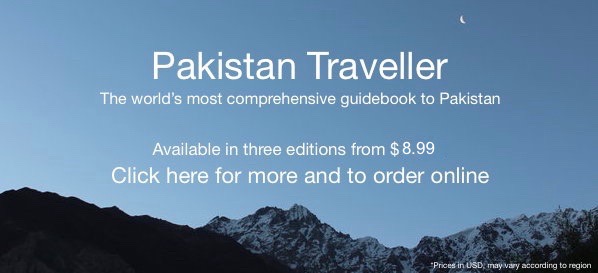



WOW! Simply wow! all the green at night looks AMAZING Tim!
It is an amazing experience!!
Yes, its nice partying on 14 august, but who will think about the poor in pakistan?
https://www.how2havefun.com/thought-of-the-day/why-has-god-left-pakistan-to-be-with-godless-people/